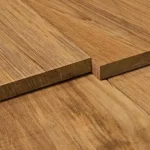
Dabema Wood (Standard)
July 31, 2024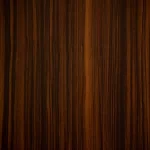
Ebony
July 31, 2024Bubinga Wood
About Bubinga Wood
Bubinga, also known as kevazingo or African rosewood, is primarily sourced from Equatorial Africa & belongs to the Guibourtia spp. genus of flowering plants in the family Fabaceae. The trees are about 130-150 ft (40-45 m) tall and have a 3-6 ft (1-2 m) trunk diameter. The average dried weight of Bubinga wood is 56 lbs/ft3 (890 kg/m3) and it has a 2,410 lbf (10,720 N) Janka rating, which signifies that the wood is very hard and dense.
Description
Heartwood has darker reddish brown or black streaks and varies in colour from pink to reddish brown. It is easy to distinguish sapwood from heartwood since it is a light straw tint. A variety of figures, such as pommele, quilted, mottled, waterfall, etc are usually located on Bubinga. Straight to interlocked grain. has a consistent fine/medium texture with a little lustre. Depending on the species, it ranges from somewhat durable to very durable. Also, termite, insects and marine borer assault resistance is said to apply to Bubinga. Overall, the wood is easy to work with, however, depending on the species, Bubinga may include silica, which can cause cutting edges to be prematurely dull. Additionally, during machining operations, tear-out can happen on components with figured or interlocking grain.
Uses of Bubinga
Due to the high density and inherent oils of Bubinga, glueing can occasionally be challenging, though it turns and finishes well. Despite being a threatened species, Bubinga is still reasonably accessible throughout North America. Unfigured wood costs about average for imported wood. The price of figured grain designs like waterfall, pommele, etc. is substantially more. Veneer, inlays, exquisite furniture, cabinetry, tabletops, turnings, and other specialist goods are just a few examples of common uses.

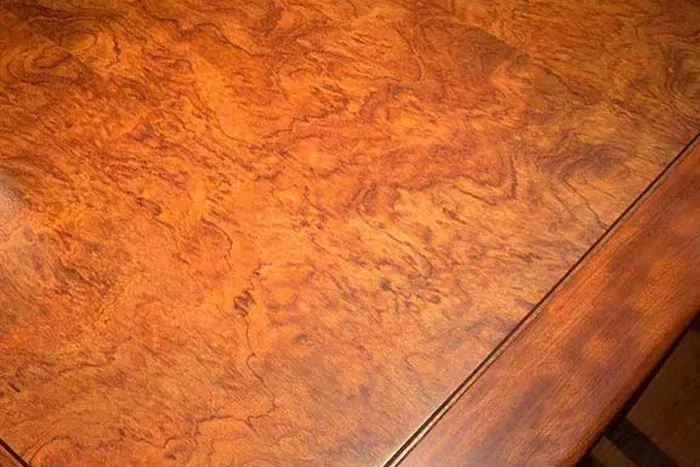
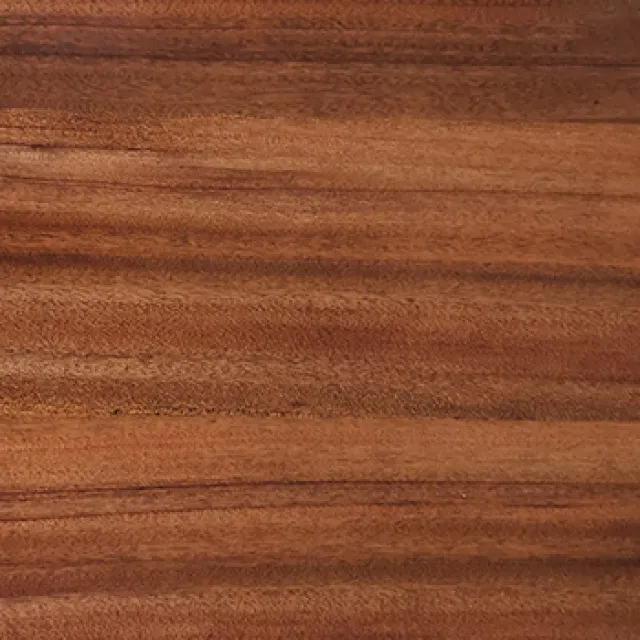
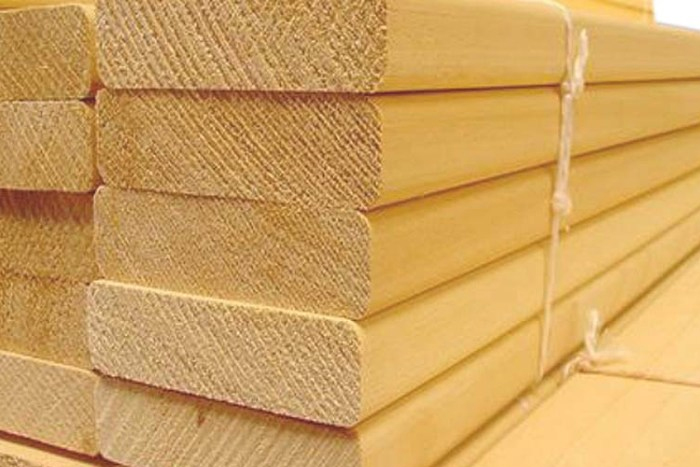
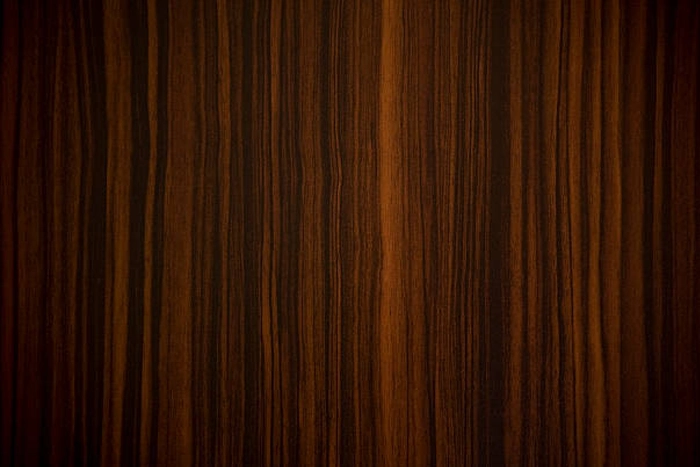
Reviews
There are no reviews yet.